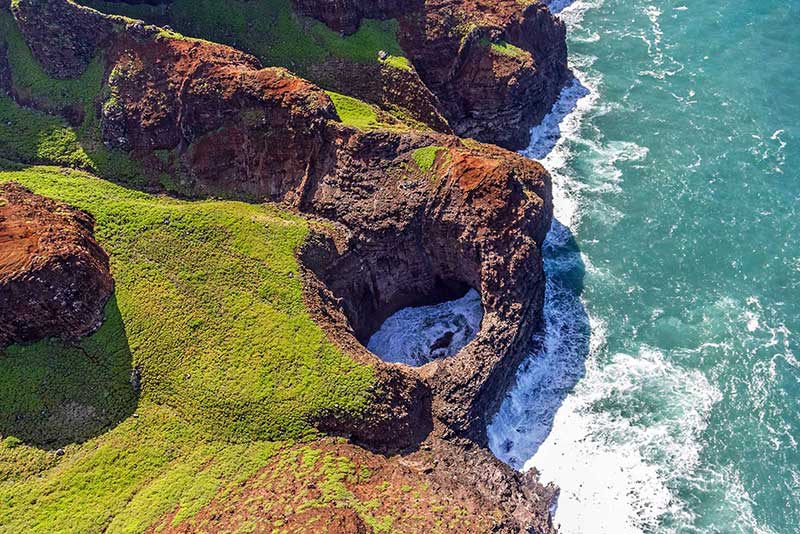Publications
Common Copyright Concerns Regarding the Use of Copyrighted Images on Client Websites
Jan 20, 2015
First published in the Hawai‘i Bar Journal (the official publication of the Hawai‘i State Bar Association), November 2014 Edition.
By Walter K. Coronel and David J. Hoftiezer
The advent of the internet era, and the need to cultivate and maintain an online presence, has led to a dramatic increase in image-related copyright litigation. Affordable and effective image recognition software has empowered artists and photographers by enabling them to track any unauthorized use of their images. The same image recognition and indexing technology has been used with great success by copyright claimants in litigation. As a result, clients who regularly incorporate unlicensed images into their websites are practically guaranteed to receive demand letters claiming copyright infringement.
A frequent scenario—and a common client question—relates to the reuse or modification of images found on the internet. Powerful searching algorithms and detailed image indexing make it easier than ever for clients to locate imagery online, and clients are often tempted to incorporate images they find on the internet into their own websites, presentations, and work product. This practice is especially dangerous because clients who use pictures from the internet (such as pictures found using a Google® Images search) often create multiple potentially infringing copies: for example, a copy in the work computer’s temporary RAM memory, another on the work computer’s hard drive, a third copy on the website server’s hard drive, and a fourth copy in the temporary RAM memory on the web server, and so on and so forth. Absent a license, each of these copies may constitute a separate and actionable infringing use.
There are common misconceptions that (1) images can be modified without permission to avoid copyright protections and (2) digital images can be freely copied from websites under the doctrine of “fair use.”1 These misconceptions are dangerous. Modification of an image can create a thin copyright in the “deviate work.” However, to be defensible, the changes must rise to the level of being “transformative,” a standard that some view as changing and unpredictable. Because of this, it may be necessary to litigate the matter just to determine the rights to the work. Even then, copyright in a derivative work is narrow and does not grant copyright in the original work. As to the second issue of “fair use,” the statutory language of 17 U.S.C. § 107 has been heavily—and not always consistently—interpreted by courts. For example, incorporating 41 seconds of a boxing match in a movie biography of Muhammad Ali was considered fair use, while including a one-minute-fifteen-second clip from a Charlie Chaplin film in a news report on his death was determined to be an infringement. Compare Monster Communications, Inc. v. Turner Broadcasting Sys. Inc., 935 F. Supp. 490
(S.D. N.Y. 1996) with Roy Export Co. Estab. of Vaduz v. Columbia Broadcasting Sys., Inc., 672 F.2d 1095 (2d Cir. 1982). Similarly, making a collage out of another artist’s photos may be considered fair use, despite the fact that displaying a photograph of a quilt in the background of a 27-second portion of a television show was not fair use. Compare Cariou v. Prince, 714 F.3d 694 (2d Cir. 2013) with Ringgold v. Black Entertainment Television, Inc., 126 F.3d 70 (2d Cir. 1997). As these examples highlight, advising clients as to the outcome of a fair use defense requires weighing the statutory factors with some prognosticative ability. A strong fair use defense may ultimately allow an alleged infringer to overcome a copyright infringement claim, but the value of using the unlicensed image many not justify the cost and time expended in litigation. Clients that cannot rely on a fair use defense may still be able to negotiate a settlement, but the success of the negotiations can vary on the knowledge and experience of the parties and their attorneys. As such, relying on the defense of fair use is less ideal than obtaining a license.
What is the solution? The safest practice is to avoid using images copied off of the web. Clients may take their own photos for their websites, draw their own diagrams, or purchase licensed stock images. In the event your client works with a photographer or artist, make sure the client has a written agreement transferring the copyright to the images as well as any other copyrightable subject matter that may have been created for the client.
In sum, technology has made it easier than ever to both commit and detect copyright infringement. It is imperative that clients who utilize digital media understand both how to avoid infringement and how to respond to an aggressive litigant. If clients will not discontinue the use of images copied from the web, make sure they understand the scope of the fair use doctrine and the limitations on deviate work protections. Most importantly, remind clients that the actions involved in placing an image online create numerous potentially infringing copies. Educating clients about the most common copyright pitfalls remains the most effective means of helping clients minimize enforcement exposure.
1 17 U.S.C. § 107 provides that the “fair use” of a copyrighted material for purposes such as criticism, comment, news reporting, teaching, scholarship, or research is not an infringement of copyright.



